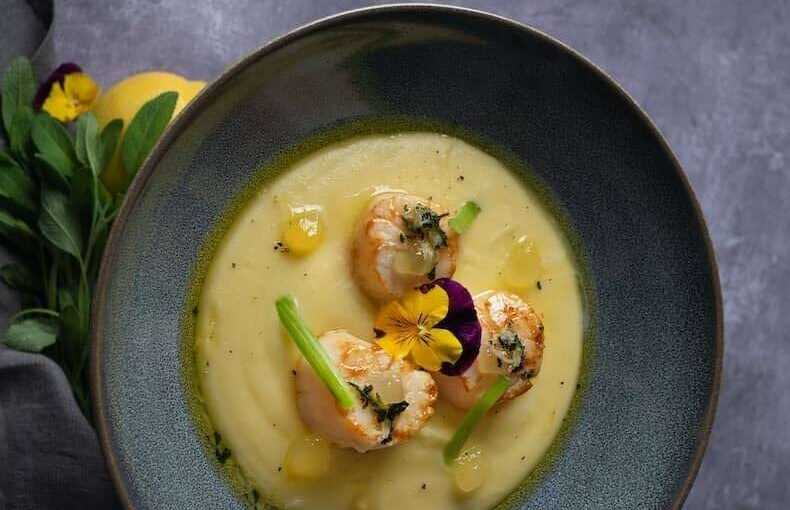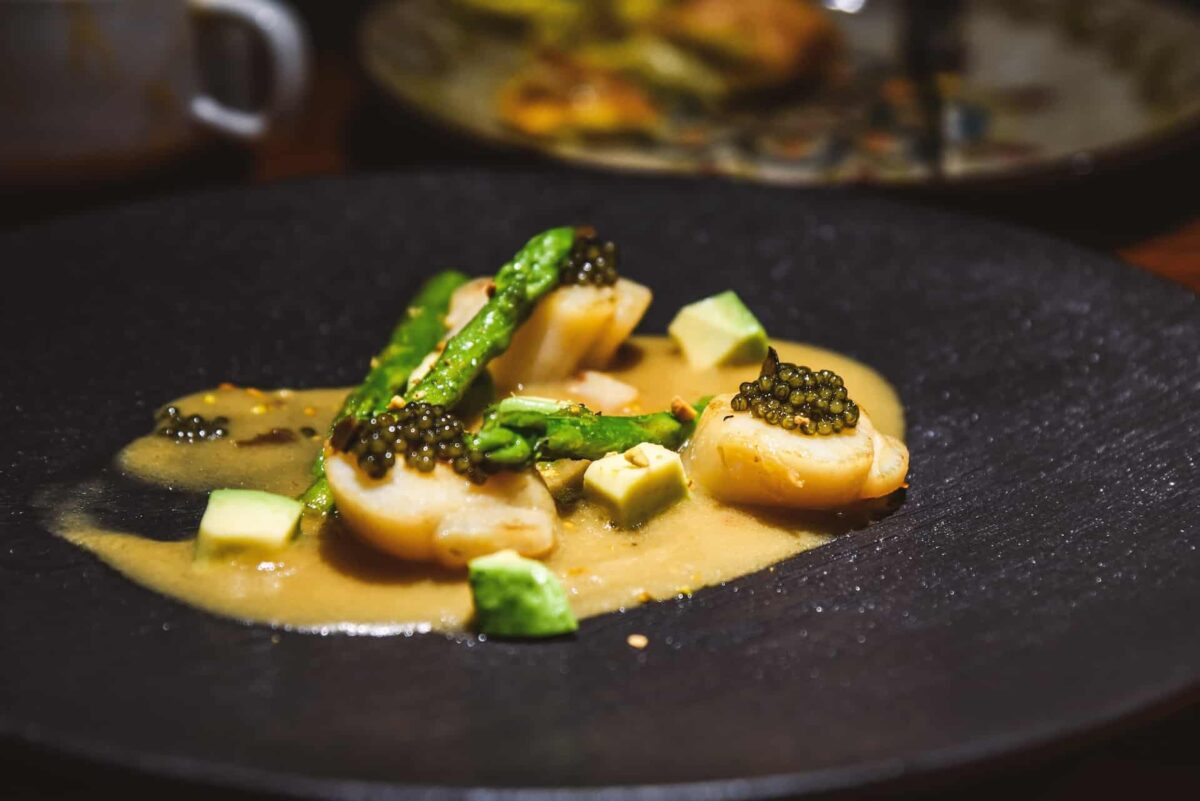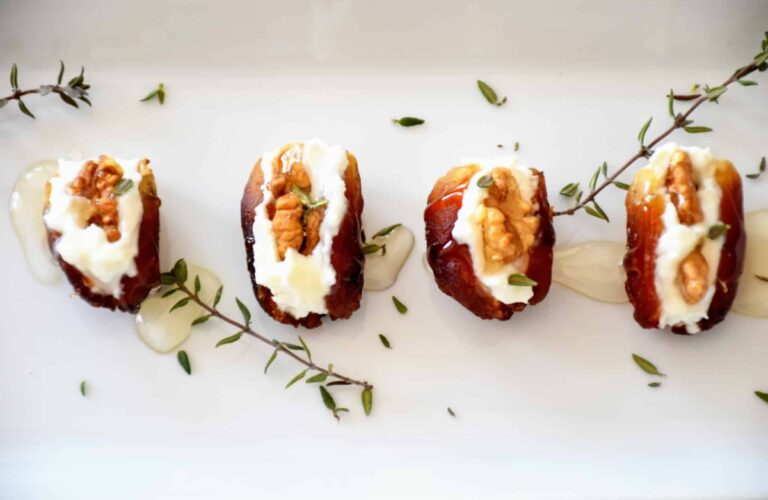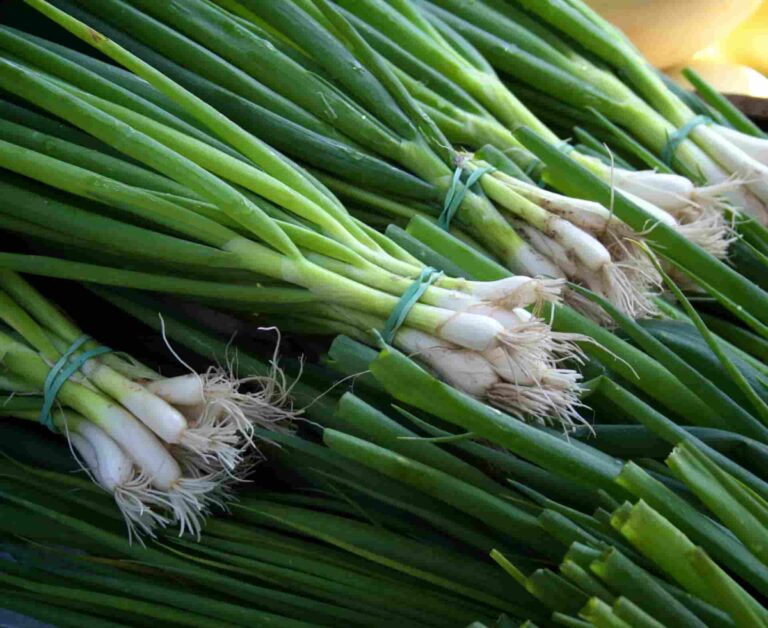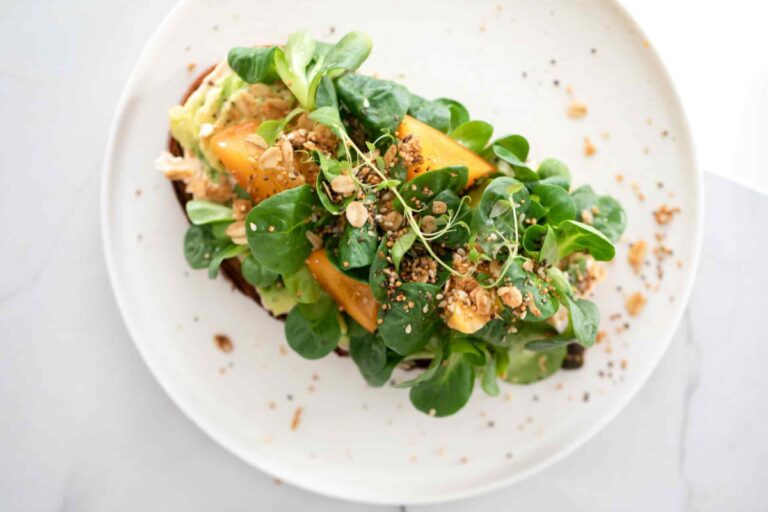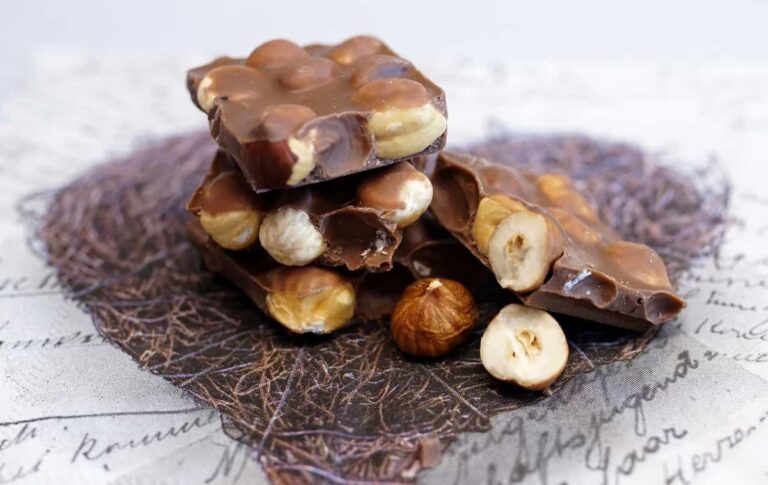34 free scallops kitchen insights and benefits
You probably weren’t aware of this, but did you know that the United Kingdom is the largest exporter of scallops in the world?
- Canada, Japan, the United States of America, and South Korea are the other main exporters. There are occasions when markets provide scallops that have already been cooked and are sold in their shells, with just the flesh left. The scallop is often offered whole in countries other than the US. In both the UK and Australia, you have the option of purchasing them with or without coral.
- The culinary phrase “scalloped” derives its name from scallops; it was first used to describe shellfish that had been creamed and then served hot in its shell. Scallops have given their name to the term. Today, it refers to a meal that is baked in a creamy sauce, such as scalloped potatoes, but does not include any fish at all.
- Pilgrims travelling the Way of St. James to the apostle’s shrine at Santiago de Compostela in Spain often carry a scallop shell with them as a memento of their journey. The scallop shell is the traditional symbol of Saint James the Greater. Pilgrims from the Middle Ages who made the journey to his shrine often sported a scallop shell emblem on their headgear or other articles of clothing.
- Since 1904, the Shell Petroleum Company has used a logo consisting of a scallop shell in its representation.
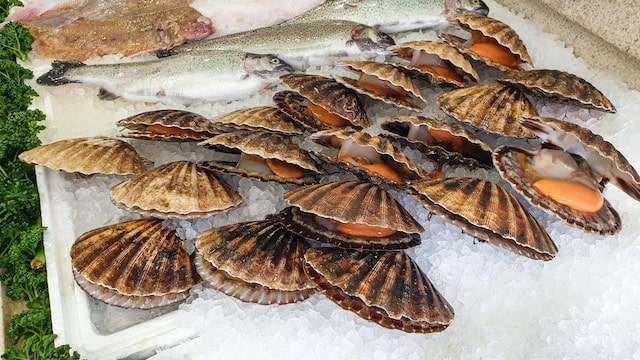
Scallops nutrition values and health benefits
- In terms of vitamins and minerals, scallops are quite versatile. Selenium, a mineral necessary for reproduction, healthy thyroid function, and DNA synthesis, is abundant in scallops. They also include copper, calcium, iron, magnesium, and potassium, and are an excellent source of zinc, phosphorus, and vitamin B12.
- Many people believe that scallops are one of the healthiest seafood options. They include a plethora of vitamins and minerals and may keep you full for longer thanks to their high protein and low fat content. In addition, they have a high concentration of antioxidants. Numerous chronic diseases have been linked to cellular damage, which may be prevented with the aid of these nutrients.
- Traditional East Asian medicine uses scallops as a treatment for conditions including diabetes and dyspepsia. Anti-tumour drugs and cancer treatments using scallop proteins are also a topic of current research. Several studies have revealed that scallops may have health-promoting effects due to their nutritional makeup, however this research is ongoing.
- Omega-3 fatty acids are helpful to the body, and scallops include them as well. These healthy fats help keep your heart rate steady, protect your nervous system, and boost your memory.
- Vitamins and minerals that are good for your health may be found in abundance in scallops. They have a high zinc content, which has been linked to improved cognition and healthier hormone levels. Vitamin B12 is an antioxidant that has been linked to better cognitive function, and a dish of scallops offers the daily required dose in only one serving.
- Omega-3 fatty acids, which are abundant in scallops, are thought to be beneficial for reducing cholesterol and the risk of cardiovascular disease. There is a lot of magnesium in scallops, which may be good for your heart. This mineral has been shown to reduce blood pressure and enhance circulation by relaxing blood vessels. One study found that those with low magnesium levels had a 54% increased risk of dying from heart disease.
- Scientists believe that the fatty acids in scallops may improve blood flow and reduce the risk of stroke by preventing the development of blood clots. One study found that those who eat fish rich in omega-3 fatty acids twice to four times a week could cut their risk of stroke by as much as 48 percent. Vitamin B12, which is included in scallops, reduces levels of homocysteine, an amino acid that damages blood vessels and may lead to a stroke if taken in excess.
- Delicious scallops provide a lot of protein without much fat. Studies suggest that high-protein diets help people lose weight by keeping them feeling full for longer. A higher protein intake has been linked to a quicker metabolic rate. Studies have showed that the amino acids taurine and glycine, both of which are found in protein, may aid in weight loss and the prevention of obesity and overweight.
- Magnesium, which is present in scallops, has been found in scientific tests to reduce muscle cramping, speed wound healing, and increase physical strength. If you want to reduce your risk of osteoporosis and other mobility-related illnesses, you should make sure you get enough magnesium in your diet.
- Although scallops are thought to be harmless for the vast majority of people, there are certain individuals who should avoid eating them due to particular health concerns. If you have a shellfish allergy, which includes, among other things, oysters, mussels, and clams, you should avoid eating scallops since they belong to the family of shellfish that includes those other shellfish.
100g of scallop has 111 calories (464kj), 21g protein, 0.8g fat, and 5g carbs, including 0g fibre.
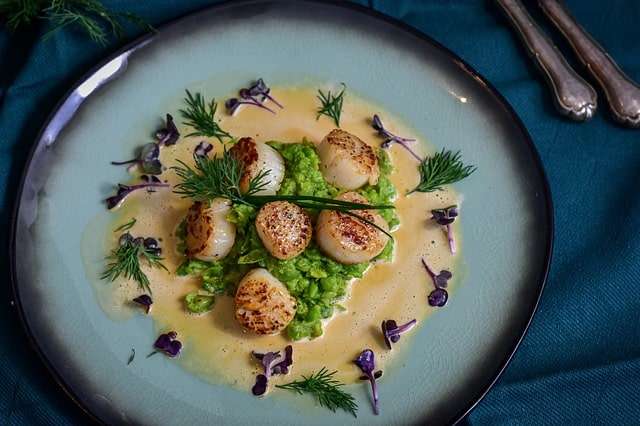
How to store scallops and how to buy them
- Keep in mind that by the time you buy scallops from the market, they will have already been exposed to a significant amount of air exposure due to the fact that they were caught in an open body of water or harvested from water bodies. If you want to keep them fresh for a longer period of time, you can either put them in the refrigerator or the freezer. This will enhance the amount of time they may be kept. Raw scallops have a shelf life of just a few of hours if they are stored on the countertop.
- If you want the scallops to stay as fresh as possible, you should put them in the refrigerator as soon as you can after buying them. After being purchased, scallops may be kept in the refrigerator for one to two days. you get the most out of their shelf life, be sure you store them in their original packaging and leave them unopened. In order to keep the scallops fresh for a longer period of time once the contents have been extracted, they should be stored in a container that is airtight or wrapped in aluminium foil.
- The shelf life of scallops may be significantly extended by placing them in the freezer if they are not going to be used immediately.
- It is possible to freeze scallops by first wrapping them in plastic wrap and then placing them in the region of the refrigerator that is the coldest. It may linger for as long as three months.
- When you want to freeze the scallops, place them in a vacuum-sealed bag or a wrap that will keep out moisture and then close the bag or wrap.
- Before placing them in the part of the freezer that is the coldest, you need to make sure that the bag is labelled with the packing date as well as the expiration date.
- They should be defrosted overnight in the refrigerator after being placed in a shallow dish, covered with plastic wrap, and then placed in the refrigerator. Before putting them in a container that won’t let air in, make sure the scallops are completely dry by patting them down with a towel. After being defrosted, scallops have a shelf life of three days in the refrigerator after being kept there. Consuming it within a day or two at the most will provide the best results.
- How to recognise a poor batch of Scallops:
- Scallops have a natural pinkish or beige hue. They will keep this colour from the time they are purchased fresh until they begin to spoil. This is one of the first signs of deterioration and the simplest method to detect whether they have gone bad. When they’re in a poor mood, their normally beige colour will take on a drab, grey hue.
- The scent of spoiled scallops is another quick indicator of their quality. The natural lack of odour in scallops is unsurprising. Aside from a faint saline scent that is similar to seaweed, scallops, especially freshly caught scallops, have essentially no odour. If scallops start to smell very fishy, you can tell they’re bad and should throw them out.
- They’ll change in hue and aroma, and soon enough they’ll seem to be leaking a slimy material. Unless they are terrible, they shouldn’t act like way.
- Even if you didn’t notice any of the previous warning signals, once the scallops are cooked you’ll know they’re rotten. Cooked bad scallops have a poisonous metallic flavour that may even include hints of ammonia if they were really bad to begin with. They’ll have a very fishy flavour and an odd, unnatural texture.
- If you want to avoid becoming ill from eating poor scallops, it’s best to look for additional warning signs.
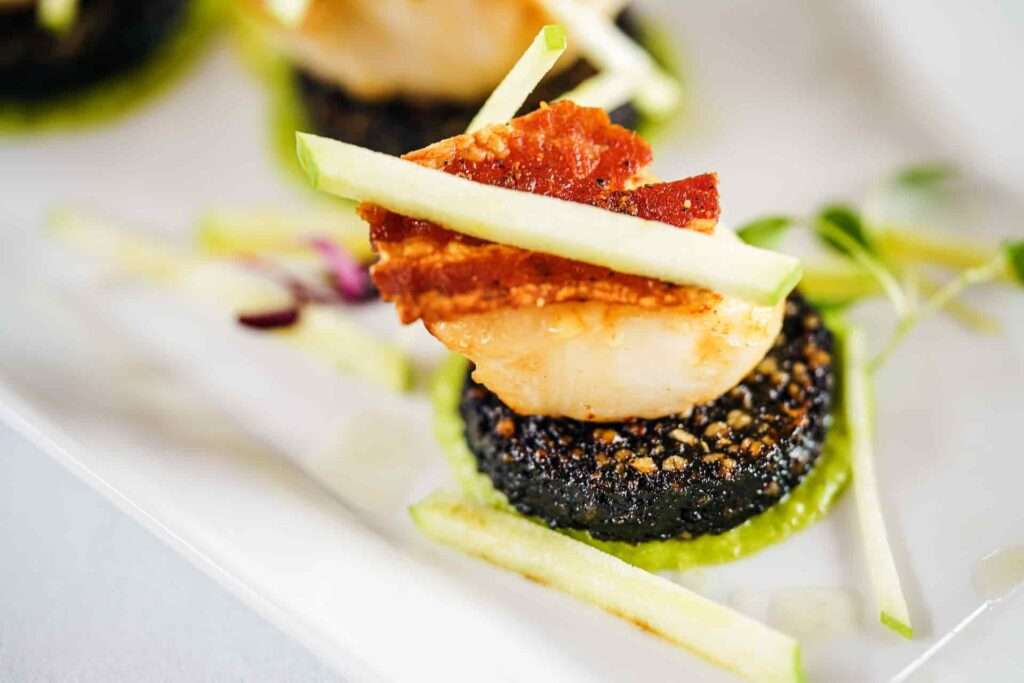
Cooking techniques, secrets, and tips from the kitchen
- Looking for a scallop recipe to try at home? Scallops that have been cooked to perfection are soft and sweet on the inside and have a gorgeous caramelised crust on the exterior. It’s possible that you’ve only ever had pan-seared scallops at a restaurant, but we’re here to tell you that they’re not limited to that setting. They are easy enough to make that you can even do it on a weeknight. Sea scallops make for a feast that is both tasty and impressive, yet it’s much simpler to prepare than it would seem.
- In less than 15 minutes, you can have a pan-sauced scallop dish that rivals anything served in a fine dining establishment. A simple salad, some crusty white bread, and a bottle of chilled white wine can turn this into a quick and sophisticated meal fit for a romantic evening in. Or perhaps just a Tuesday that makes you feel all posh.
- You should start by deciding how many scallops you want to prepare; a serving is usually three big scallops, but some individuals may eat more. Place the scallops on a kitchen towel-lined baking sheet. Finally, place a second dish towel on top, smooth it down, and let the pans stay like that for 10 minutes. The towels will be able to soak up the wetness during that period. In order to get that perfect golden crust during the sautéing process, it is necessary to remove the moisture.
- Next, examine each scallop to see that the little side muscles have been removed; if they haven’t been, just take them off with your fingertips. Season the scallops with salt and pepper, or any other spices you choose. Spices like cumin, garam masala, and smoky paprika, as well as citrus peels like lemon zest, lime zest, and cheesy Parmesan, are all good options. It’s good to keep things basic here since you can always add additional flavour after cooking.
- If you don’t have a well-seasoned cast-iron skillet, use a cast-iron or non-stick pan instead; a stainless steel pan may cause the scallops to stick and rip. It’s important to choose a pan that’s large enough to hold all of the scallops you want to cook in a single layer, with plenty of room between them. Swirl some oil about in the pan and heat it over medium heat until it shimmers before adding the scallops.
- Once you’ve seasoned your scallops, set them in the pan with tongs and let them alone until they’re thoroughly golden brown on one side, approximately three minutes for a standard-sized scallop. Carefully turn the scallops over and season with the aromatic of your choice and a few little bits of cold butter. A dried chile pepper, a sprig of fresh herbs, a few capers, or a thinly sliced citrus fruit would all work well. The beauty of cooking without a set recipe is that you may experiment with different flavours by adding anything you want.
- For the last minute or two of cooking time, use a big spoon to constantly baste the scallops with the butter. If your scallops are on the smaller side, they may not take as long to cook through, but take care not to overcook them. You could wish to cut one scallop in half as a test subject and see if is cooked. When you take the scallops off the heat, the flesh on the top and bottom borders should seem opaque, but the flesh in the centre should still have a faint transparent strip.
- Take the scallops from the heat and place them on a serving dish. Then, decide what flavour combination you think would be best with your seasoning and basting components, and add a splash of liquid to the butter in the pan, such as lemon juice, white wine, chicken or vegetable stock, dry vermouth, orange juice, etc. Turn the heat down to medium and whisk the sauce while removing the aromatics. Finish with a little more cold butter and, if using, some fresh herbs.
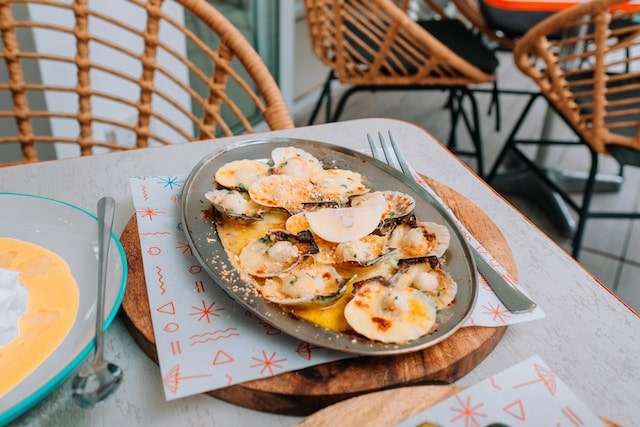
History of Scallops from the beginning until today
- Archaeologists have discovered a variety of ancient creatures that are quite similar to scallops that date back 300 million years. In addition to that, they have been discovered in the stomachs of human ancestors, ancient humans, and animal fossils from across history. People have been consuming scallops in one form or another ever since the dawn of civilisation.
- It might be difficult to get an accurate picture of the popularity of scallops throughout Europe. Since ancient times, they have been a staple in people’s diets and an integral part of the culture. Even in ancient Rome, the goddess Venus was shown as emerging from a scallop shell. This practise dates back to the historical period. For that amount of time, people all throughout Europe have been devouring scallops and incorporating them into their culture.
- It should come as no surprise that Japan, being an island country, has a flourishing fishing sector that comprises a wide variety of fish and shellfish due to the fact that Japan is an island nation. It was only natural that scallops would be one of the most well-liked options. It is not known when Japanese farmers first started growing scallops in captivity, but from the early 1900s until the 1960s, they achieved significant advancements in both their capacity to produce scallops and their capacity to enhance their production methods.
- Native American tribes who lived along the Atlantic coast of North America included scallops as a significant component of their diet on a regular basis. These peoples would gather a substantial amount of scallops each year and incorporate them into a variety of meals.
- The consumption of scallops during important life events in Japan, such as weddings and anniversaries, is said to bring the couple happiness and prosperity. In certain regions of Asia, people think that scallops have aphrodisiac powers, and as a result, they eat scallops in order to improve their sexual performance.
- The aboriginal people who originally inhabited the Pacific Northwest have always had a deep cultural appreciation for scallops. For a very long time, these indigenous communities have depended on scallops as both a source of food and medicine. The shells of the scallops were used in the production of tools and jewellery, while the flesh of the scallops was utilised in a variety of medical treatments.
- Since the beginning of the modern era, the consumption of scallops has only increased in popularity. Today, live scallops are a common item seen on the menus of upscale restaurants all over the globe and are relished by those who have a passion for seafood.
